open.substack.com
What Happens Next?
The administrative state under a second Trump term
A feed for public administration and public policy research and discussion. For academics and people who want to follow scholarship, not general discussion/rants/etc. Ask @andrew.heiss.phd to be added. Tag posts with "PAsky" or 🏛️ or "policysky"
Feed on Bluesky
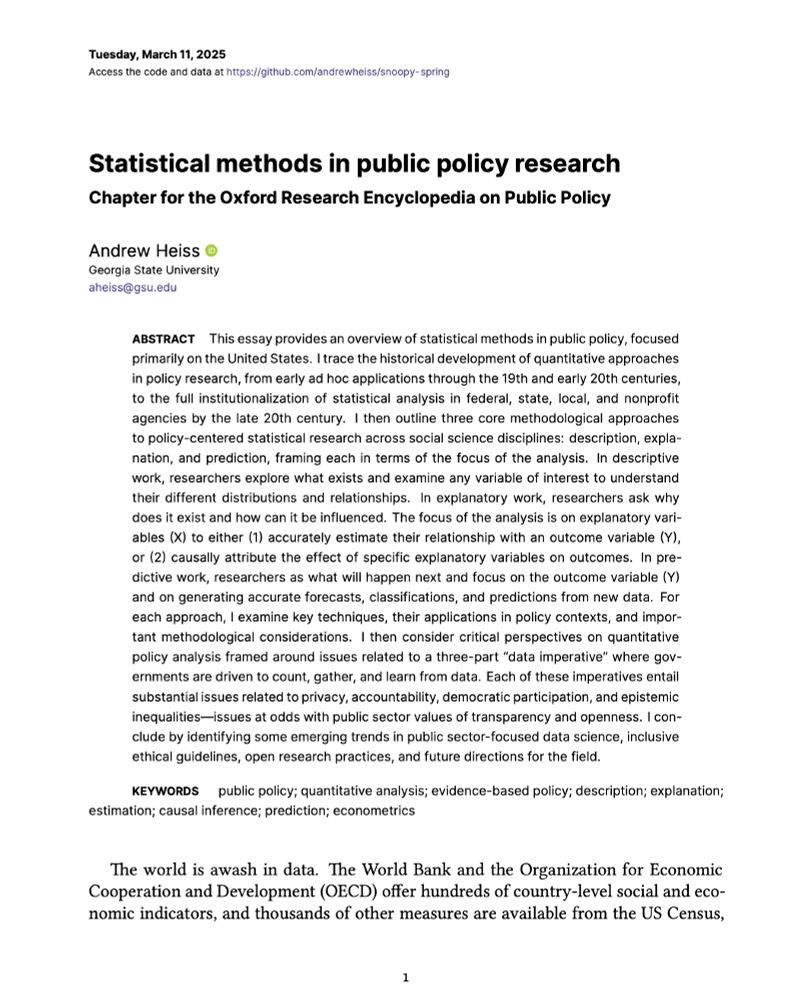

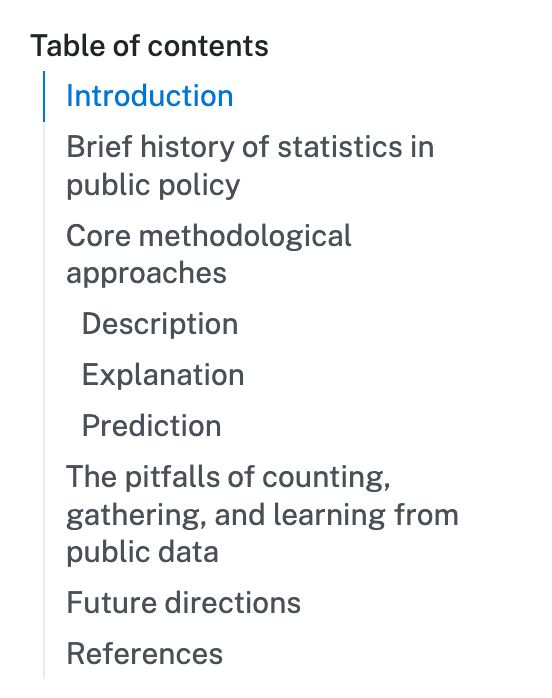



open.substack.com
What Happens Next?
The administrative state under a second Trump term

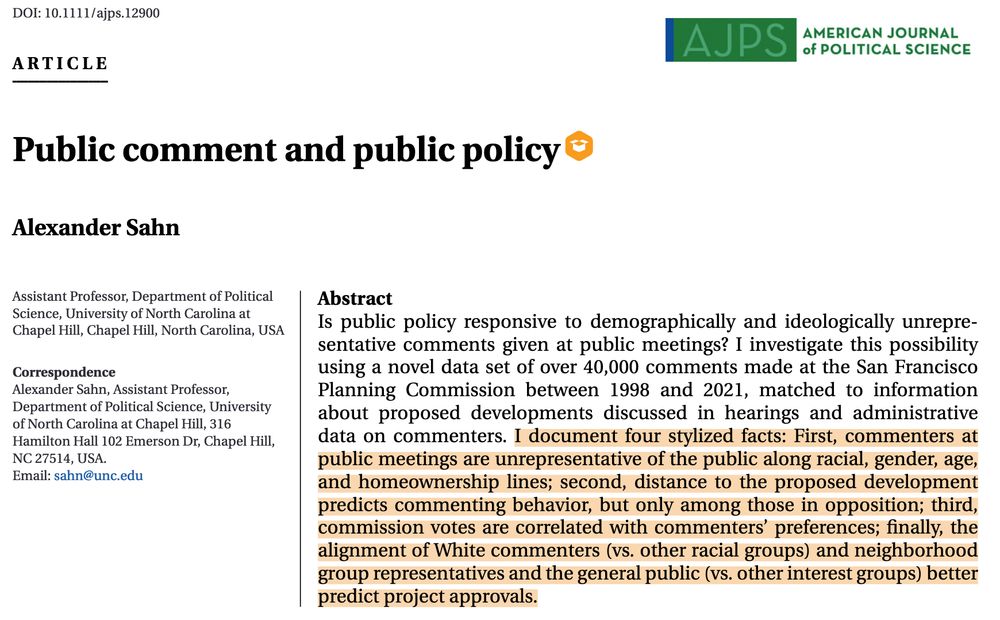

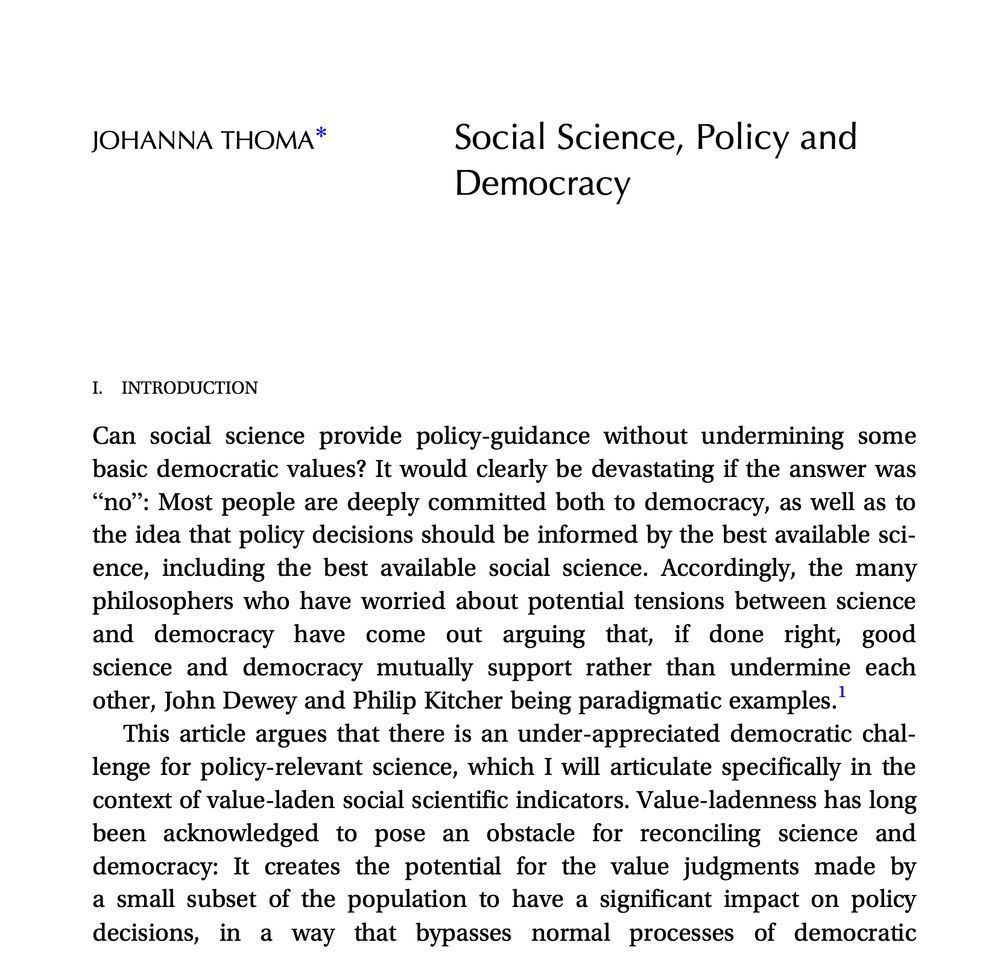
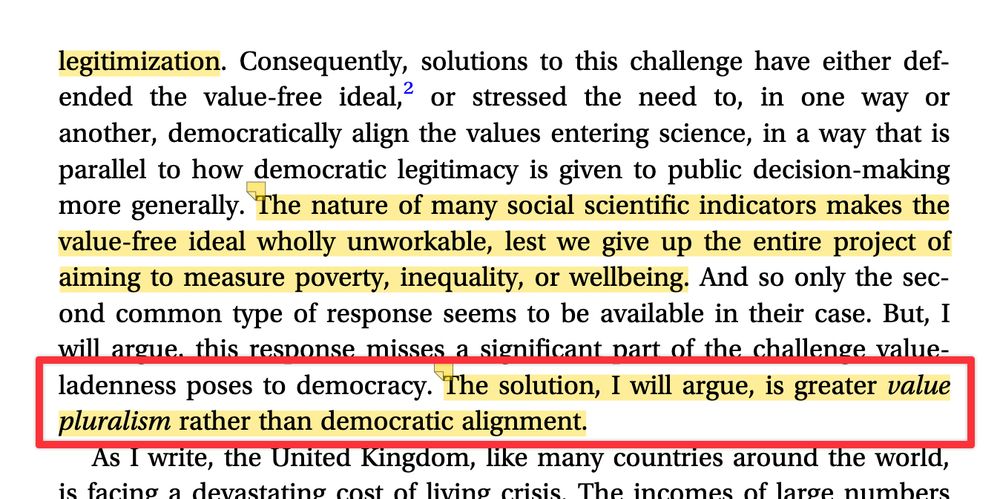

The AOM PNP Division is accepting nominations for our upcoming division elections: •Program Chair •Provan Award Chair •Best Dissertation Award Chair •Best Journal Article Award Chair •Best Book Award Chair Please nominate yourself and others here: apps.aom.org/DivNominatio...
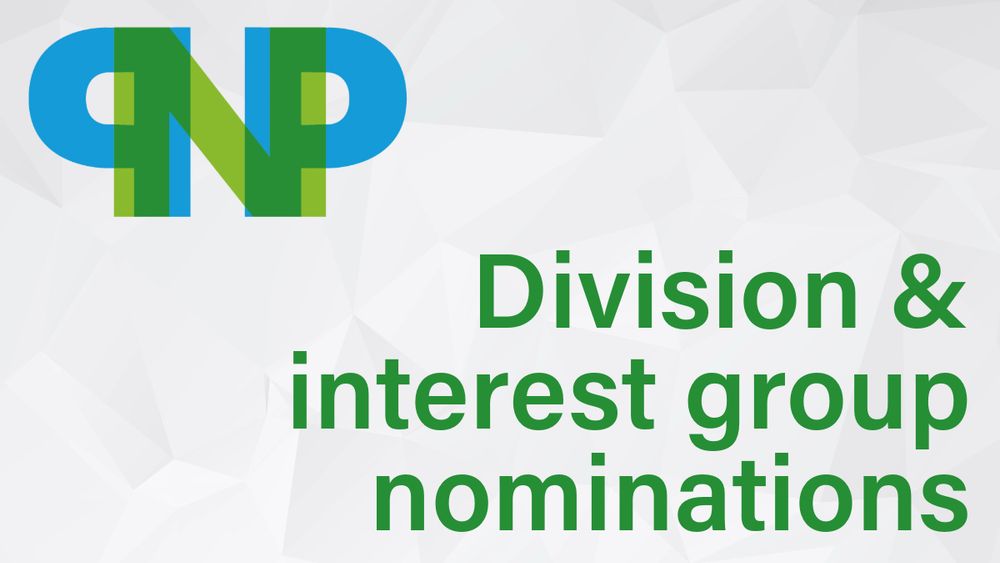

UDelaware Biden School of Public Policy is hiring 2 assistant/associate TT economists: 1) applied micro (public policy/public sector) careers.udel.edu/cw/en-us/job... 2) political economy careers.udel.edu/cw/en-us/job... Come hang out with me and #DeanAmySchwartz (and other cool folks!) at UD!


New paper! Now open access at Public Administration Review: Institutional factors driving citizen perceptions of AI in government: Evidence from a survey experiment on policing onlinelibrary.wiley.com/doi/full/10.... w/ Dan Schiff, @kaylynjschiff.bsky.social, Ian Adams & Scott Mourtgos polisky
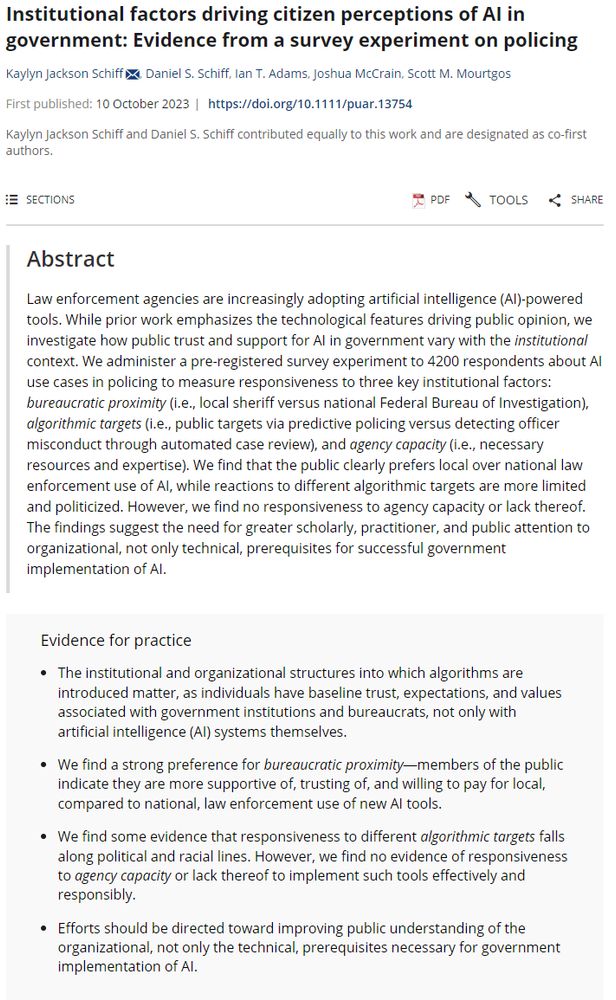

cc: #econsky 📉📈 “We examine racial bias in property appraisals using a national sample of refinanced mortgages from 2000 to 2007. Our data allow us to observe the race of the appraiser and homeowner in a setting where the appraiser's valuation conveys critical information to the lender.” /1



Duke Sanford School of Public Policy is hiring multiple positions ... Come join us & pls share (I am new to the sky!) *Ethics + Tech Policy (Asst/Assoc): academicjobsonline.org/ajo/jobs/24895 *3 Asst Profs in multiple policy areas: academicjobsonline.org/ajo/jobs/25832 #econsky #academicsky

I've started a list of PoliSky Sub-feeds. If you know of one (or started one) that should be added, please re-skeet the feed announcement and @profruback.bsky.social when you do. I'll add it ASAP. docs.google.com/spreadsheets... (@maaikeverbruggen.bsky.social, @profmusgrave.bsky.social )
docs.google.com

Given we are in the High Holy Days, and all of the fun posts from other social media sites, seems like a good time to promote our guide for discussing antisemitism in #MPA, #PublicPolicy, and #NonprofitManagement classes. Also good for #polisky #AcademicSky www.tandfonline.com/doi/full/10....
www.tandfonline.com